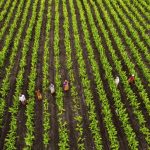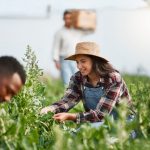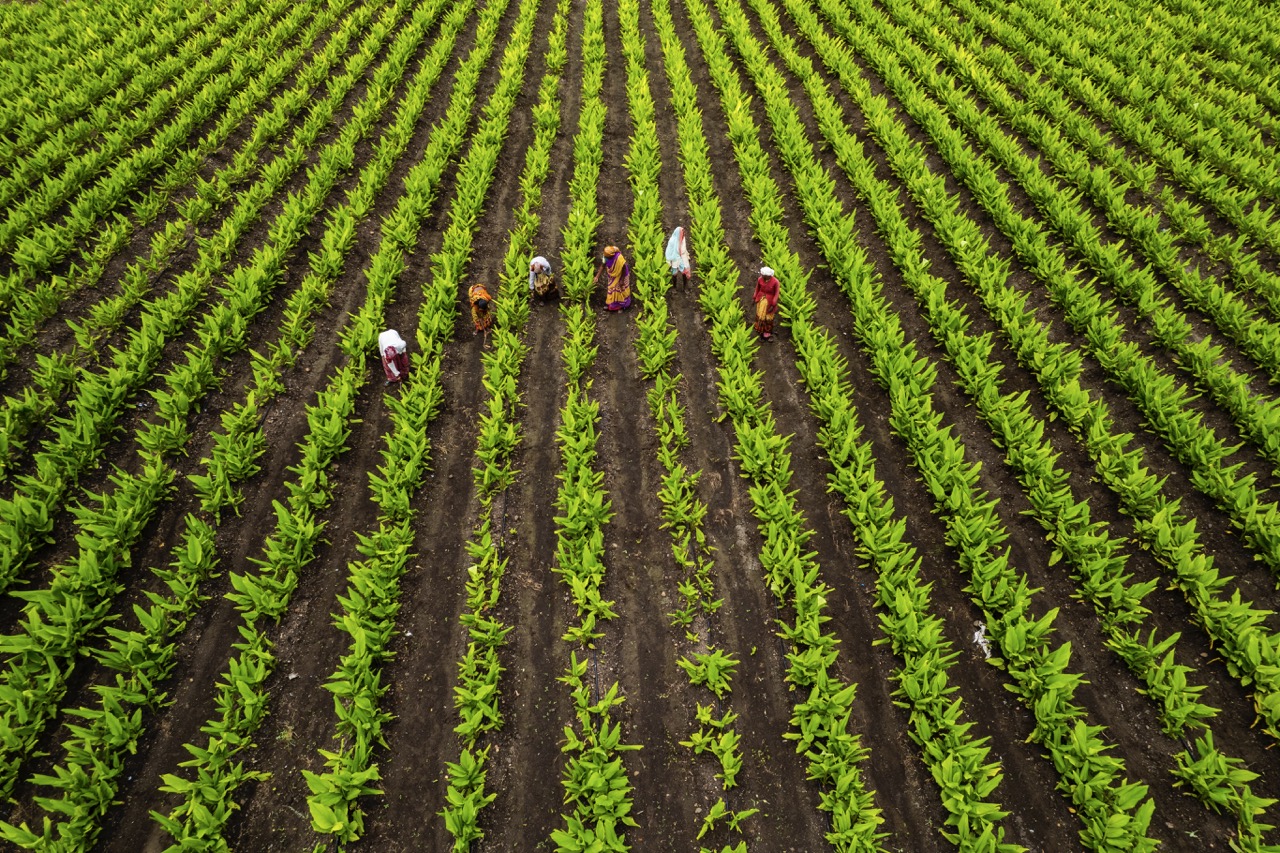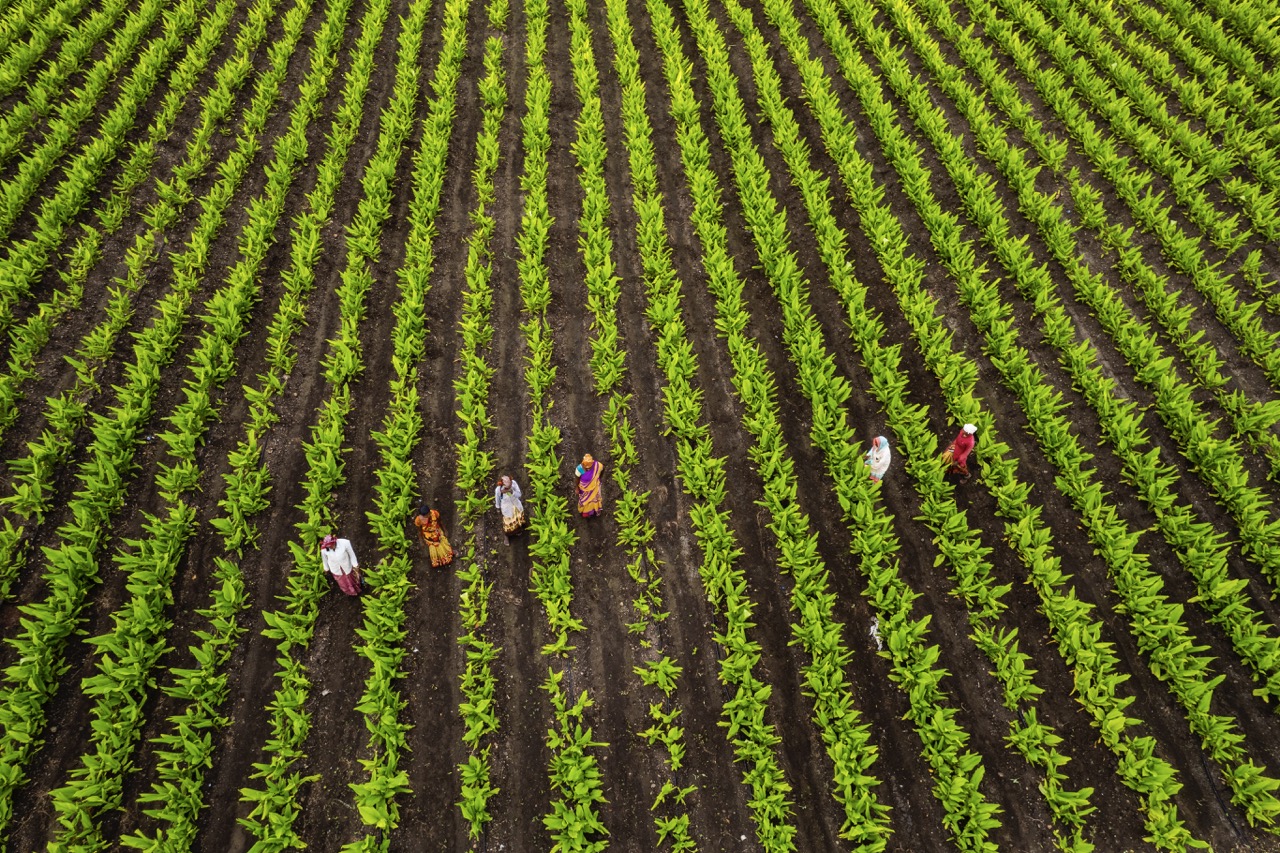Sharecropping is an agricultural system that emerged prominently in the United States after the Civil War, particularly in the Southern states. This system allowed landowners to lease their land to tenants—typically freed slaves and poor whites—who in return would provide a share of their crop as rent. Understanding the economic impacts of sharecropping is crucial to grasping its role in both historical and contemporary agricultural practices. This article explores the historical context of sharecropping, its current economic benefits and drawbacks for sharecroppers, its significance in regional economic systems, and the policy implications surrounding its future.
The Historical Context of Sharecropping in Agriculture
The origins of sharecropping can be traced back to the post-Civil War era when plantation owners needed labor to keep their farms operational. With the abolition of slavery, many former slaves found themselves without land, resources, or means to earn a living. Sharecropping emerged as a solution, enabling these individuals to farm land in exchange for a portion of the crops. This arrangement seemed mutually beneficial, as it provided landowners with labor and sharecroppers with a means of survival.
However, the system had inherent flaws that often led to exploitation. Sharecroppers frequently found themselves in a cycle of debt due to the high costs of seeds, tools, and other necessities, which were often provided by landowners at inflated prices. As a result, many sharecroppers ended up owing more than they could earn, trapping them in a system of economic servitude that was difficult to escape. This dynamic reinforced socio-economic disparities and perpetuated a rural economy heavily reliant on agricultural labor.
Moreover, sharecropping contributed to the development of a distinct socio-economic class in rural areas, marked by poverty and limited mobility. While some families managed to accumulate enough resources to eventually purchase land, the majority remained entrapped in the cycle of sharecropping for generations. This historical context is essential for understanding the deep-rooted economic challenges faced by sharecroppers, many of which continue to resonate in today’s agricultural landscape.
Economic Benefits and Drawbacks for Sharecroppers Today
In modern times, sharecropping has evolved but still exists in various forms across the globe. Contemporary sharecroppers often benefit from access to land and the ability to cultivate crops without the exorbitant costs associated with landownership. This arrangement can provide a stable income for those who may lack capital to invest in farming operations. Additionally, sharecroppers may find greater flexibility in crop selection, allowing them to adapt to market demands and seasonal changes more easily.
However, the economic drawbacks remain significant. Many sharecroppers today still face challenges related to debt and dependency. The modern agricultural market is characterized by volatile prices, which can lead to unpredictable income and financial instability for sharecroppers. Additionally, the rising costs of agricultural inputs—such as fertilizers, pesticides, and machinery—have made it increasingly difficult for sharecroppers to maintain profitability. Often, they find themselves tied to contracts that favor landowners, limiting their ability to negotiate better terms.
Furthermore, issues of land access and ownership rights continue to plague sharecroppers. In many regions, land reform policies have been slow to materialize, leaving sharecroppers without the ability to accumulate wealth or assets over time. This ongoing economic vulnerability underscores the need for systemic change to ensure that sharecroppers can attain a fair share of the profits generated by their labor and investment in the agricultural system.
The Role of Sharecropping in Regional Economic Systems
Sharecropping plays a significant role in regional economic systems, particularly in areas where traditional agriculture remains a primary source of livelihood. In many rural economies, sharecropping contributes to local employment and supports ancillary industries, such as food processing and distribution. The practice helps maintain agricultural output, ensuring that local markets have access to fresh produce and other crops, which can be a vital component of a region’s economic sustainability.
However, the reliance on sharecropping can create economic disparities within these regions. When the majority of agricultural output is concentrated in the hands of landowners, wealth can become unevenly distributed, leading to economic stagnation for sharecropping families. This dynamic can perpetuate cycles of poverty, making it challenging for these communities to invest in education, healthcare, and infrastructure—all essential elements for long-term economic growth.
Moreover, the presence of sharecropping can limit opportunities for economic diversification. Regions that depend heavily on sharecropping may struggle to attract new industries or investments, resulting in a lack of resilience against economic downturns or shifts in market demand. Addressing these structural issues is crucial for fostering economic development and improving the overall quality of life in sharecropping communities, emphasizing the need for policies that promote equitable growth.
Policy Implications and Future of Sharecropping Practices
The future of sharecropping practices is closely tied to policy decisions related to land ownership, agricultural support, and economic development. Policymakers must work to create an environment that encourages fair contracts and equitable access to land for sharecroppers. This may involve implementing regulatory frameworks that protect the rights of sharecroppers and ensure that they receive a fair share of the profits generated from their labor and production.
Additionally, there is a critical need for investment in agricultural education and training programs aimed at equipping sharecroppers with the skills necessary to navigate modern agricultural practices. By encouraging technological adoption and sustainable farming methods, policymakers can help sharecroppers improve their productivity, increase their income, and ultimately escape the cycle of poverty that has historically characterized sharecropping.
Finally, fostering cooperative models among sharecroppers can provide a pathway to greater economic independence. By banding together, sharecroppers can leverage collective bargaining power, reduce costs, and gain access to resources that might otherwise be out of reach. In this collaborative approach, sharecroppers can create a more sustainable agricultural model that benefits not only themselves but also the broader community and regional economy.
Understanding the economic impacts of sharecropping requires a nuanced examination of its historical roots, current realities, and future potential. While sharecropping has offered some economic opportunities, it has also perpetuated cycles of debt and dependency for many involved in the practice. As policymakers consider the path forward, addressing the structural inequalities within sharecropping arrangements will be essential for fostering a more equitable agricultural system. By investing in education, fair policies, and cooperative models, there is potential for sharecropping to evolve into a more sustainable and prosperous practice for all parties involved.










